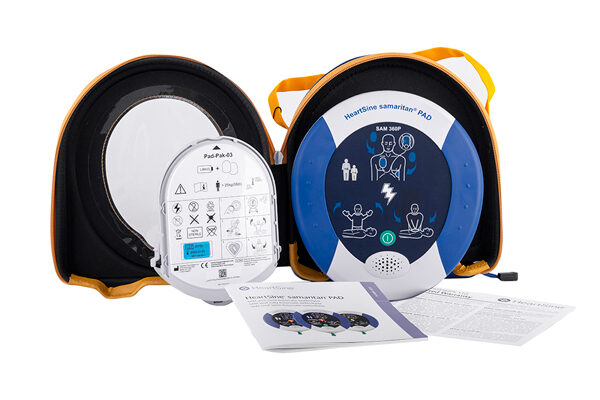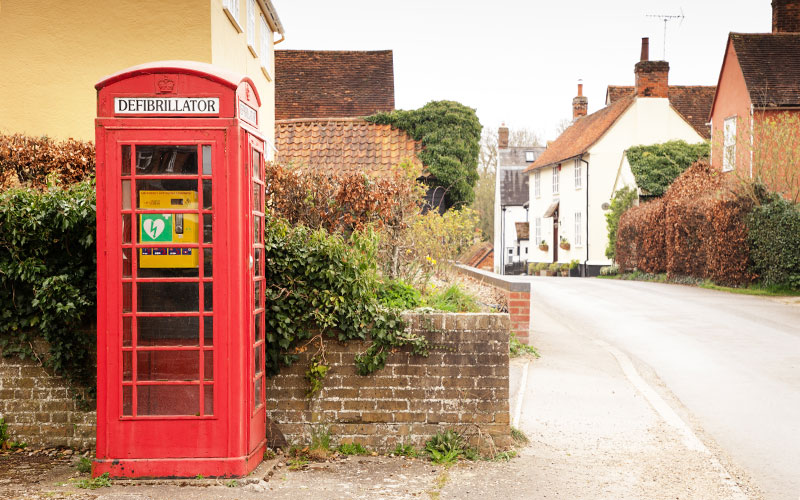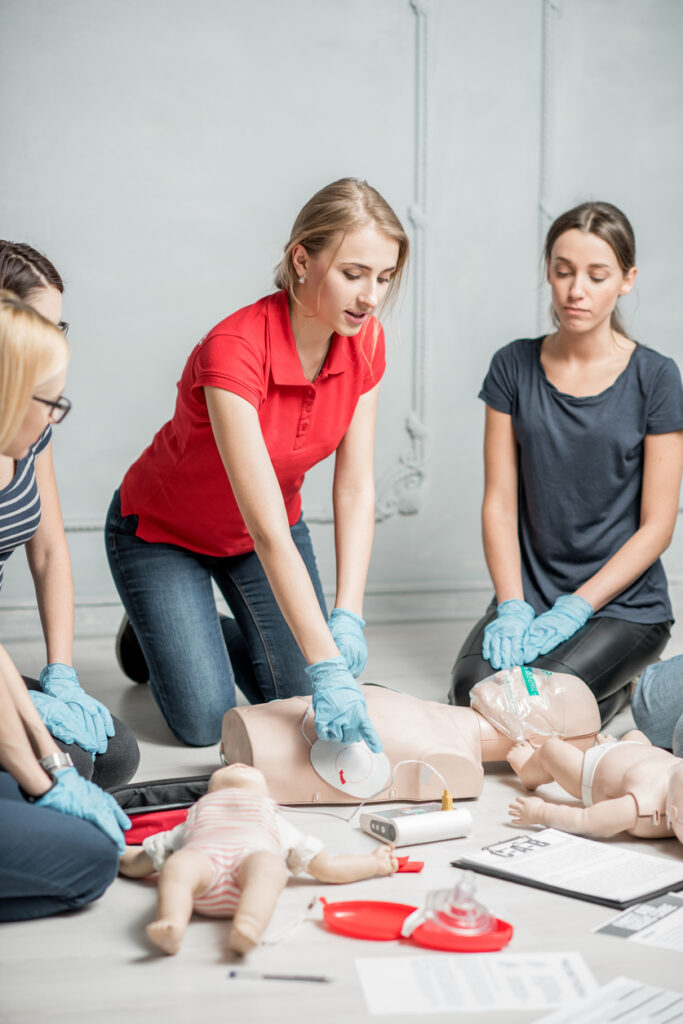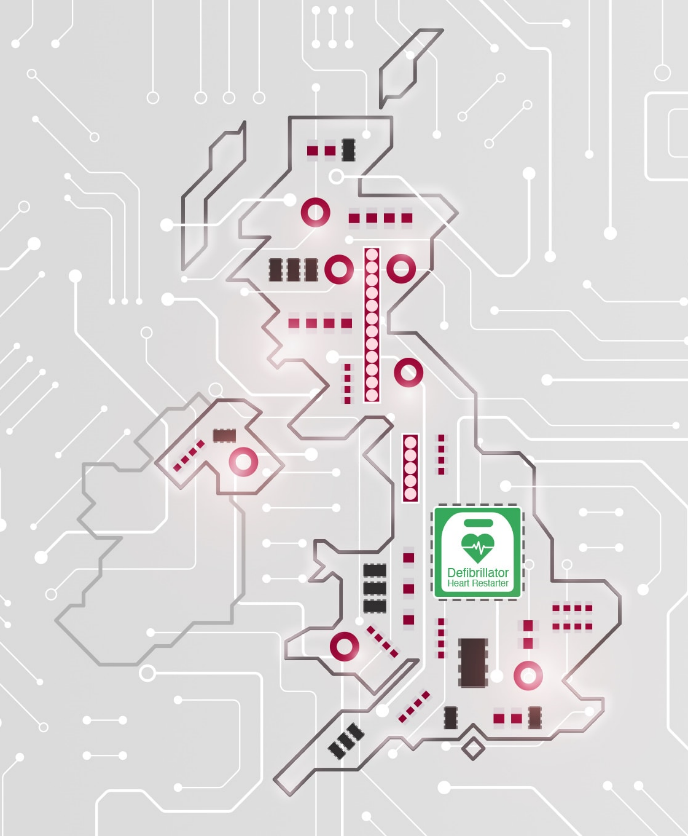Friday 7th July 2023
Public defibrillators save lives; research has consistently highlighted the need for more public access defibrillators. UK ambulance services attempt resuscitation of more than 30,000 cardiac arrest victims each year outside of hospital. In 90% of cases, this will be fatal; survival chances for victims decrease by 10% for every minute without a defibrillator (AED) being used on them.
In contrast, fewer than 350 people are killed by fire-related deaths each year, owing to fire safety legislation in the UK. More than 25,000 people die from cardiac arrests outside of hospital annually. If a defibrillator is used within one minute, survival rates are as high as 90%. Moreover, defibrillators should be as accessible as fire extinguishers.

Public defibrillators in the UK
Despite several campaigns to increase their numbers, there is no legislation in place to make defibrillators available beyond hospital settings. There is no legal need to install these life saving devices, and poor understanding of how to use them. Together, this is contributing to a high number of unnecessary deaths from cardiac arrest occurring outside hospitals.
Research carried out in 2014 by the University of Southampton and South Central Ambulance Service highlighted the significance of this issue. It set out to discover how available external defibrillators are, given the push for their deployment in public places.
At this time, 673 known PADs (public access defibrillators) were located in 278 Hampshire locations. Out of 1,035 emergency calls which occurred in one year, the caller could access a defibrillator in only 44 cases. The caller was actually able to use the defibrillator in only 18 cases.
How do defibrillators work?
AED’s work by giving an electric shock to the heart to restore its rhythm.
When the sticky pads of the defibrillator are correctly applied to the bare skin of the patient, the device can measure the heart rate. It can then determine whether a shock is required – if a shock is required, it will be delivered either automatically (by an automatic AED), or upon the press of a button (by a semi-automatic AED).

Fully automated defibrillators are ideal for public use, as they make administration of care as easy as possible. The units not only offer spoken and visual indicators about each step, they also automatically analyse the heart rhythm. The devices will automatically select the correct level of shock for the person who has suffered a cardiac arrest.
Defibrillator Training
Anyone can use an AED, owing to the simple instructions that they are supplied with. However, many individuals lack the confidence to do so. People may worry that they will cause harm to the patient, with moral or legal consequences, or may not be comfortable performing CPR.
The Social Action, Responsibility and Heroism Act 2015 protects those ‘Good Samaritans’ who have attempted to rescue a victim of cardiac arrest (or similar). If nothing is done to assist a victim of cardiac arrest, they will die; if something is done, they may live. Defibrillators will not administer a shock if one is not required, making it almost impossible to cause harm. The law has never been cited in court as no one has ever been sued for trying to deliver CPR, and it is unlikely that this would occur.

It is strongly recommended that organisations who have installed defibrillators provide AED and CPR training for staff. Training equips staff with the skills and confidence to attempt rescue, should the need arise. This training could save the lives of your staff, visitors to your site, or the general public.
Funding for defibrillators
At the end of 2022, the government announced that a £1 million fund will be made available to increase the number of community defibrillators. This will equate to roughly 1000 new AEDs made available to the public. Further to this, a defibrillator will be provided to every state-funded school in England by the end of 2023.

Public Access Defibrillators – The Circuit
The Circuit, or National Defibrillator Network provides NHS ambulance services and the general public with information about all of the public access defibrillators in the UK. In the case of a cardiac arrest, the ambulance services can direct bystanders to the closest device. This enables members of the public to deliver essential care while awaiting the arrival of paramedics. This initiative has so far made more than 46,000 publicly available; roughly half of all AEDs in the UK. This initiative is saving lives by improving access to these devices – for more information, go to https://www.thecircuit.uk/.
Are public defibrillators locked?
To prevent theft, vandalism, and misuse, many public defibrillators are locked. Ambulance services should be able to provide bystanders of a cardiac arrest with access details for the nearest public AED.
